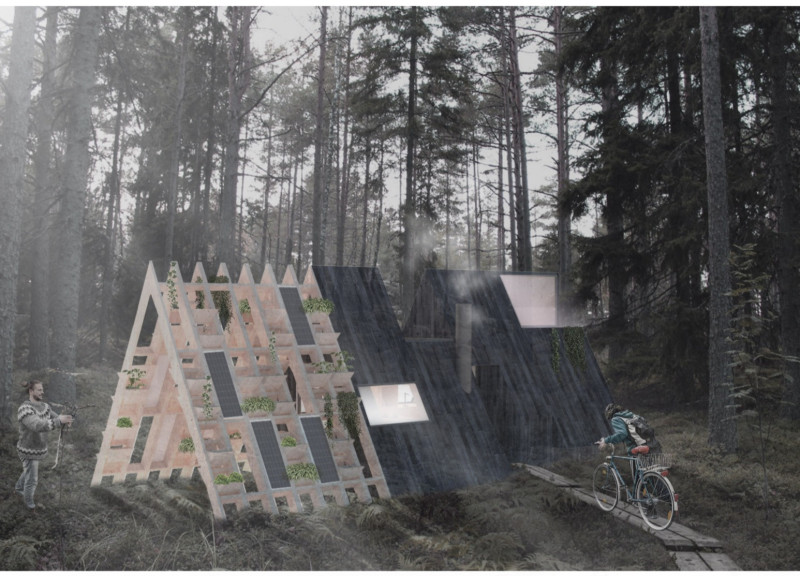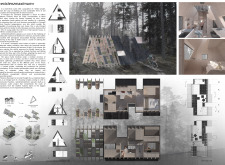5 key facts about this project
The design of <
Design Concept
At the heart of <
Spatial Organization
Inside, the layout focuses on essential living needs, prioritizing comfort and usability. Modular furniture and elements that can fold away are carefully integrated into the design. This arrangement allows residents to adjust their living spaces based on their requirements. Such flexibility means that occupants can easily adapt their surroundings for different activities, which promotes a more dynamic way of living.
Sustainability Practices
Sustainability plays a crucial role throughout the design. Photovoltaic panels harness solar energy, providing a clean energy source for daily needs. A rainwater collection system is also part of the design, capturing water for household use and garden maintenance. These features not only help the building operate independently but also encourage responsible resource management in everyday life.
Community Integration
The design promotes community by incorporating shared spaces alongside private areas. A garden for personal use offers residents a chance to connect with nature and engage in gardening. This feature encourages interactions between neighbors and strengthens communal ties. The overall layout supports social engagement, creating an environment where shared experiences are valued.
By combining these elements, the design reflects contemporary needs while remaining grounded in principles of sustainability and efficient use of space. The thoughtful arrangement of features fosters both individual and collective well-being, presenting a balanced approach to modern living.



















































